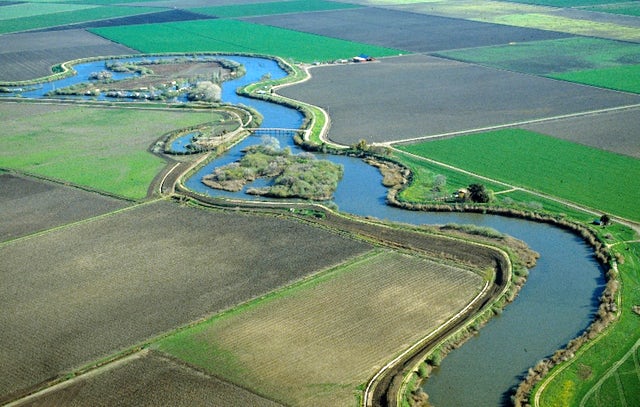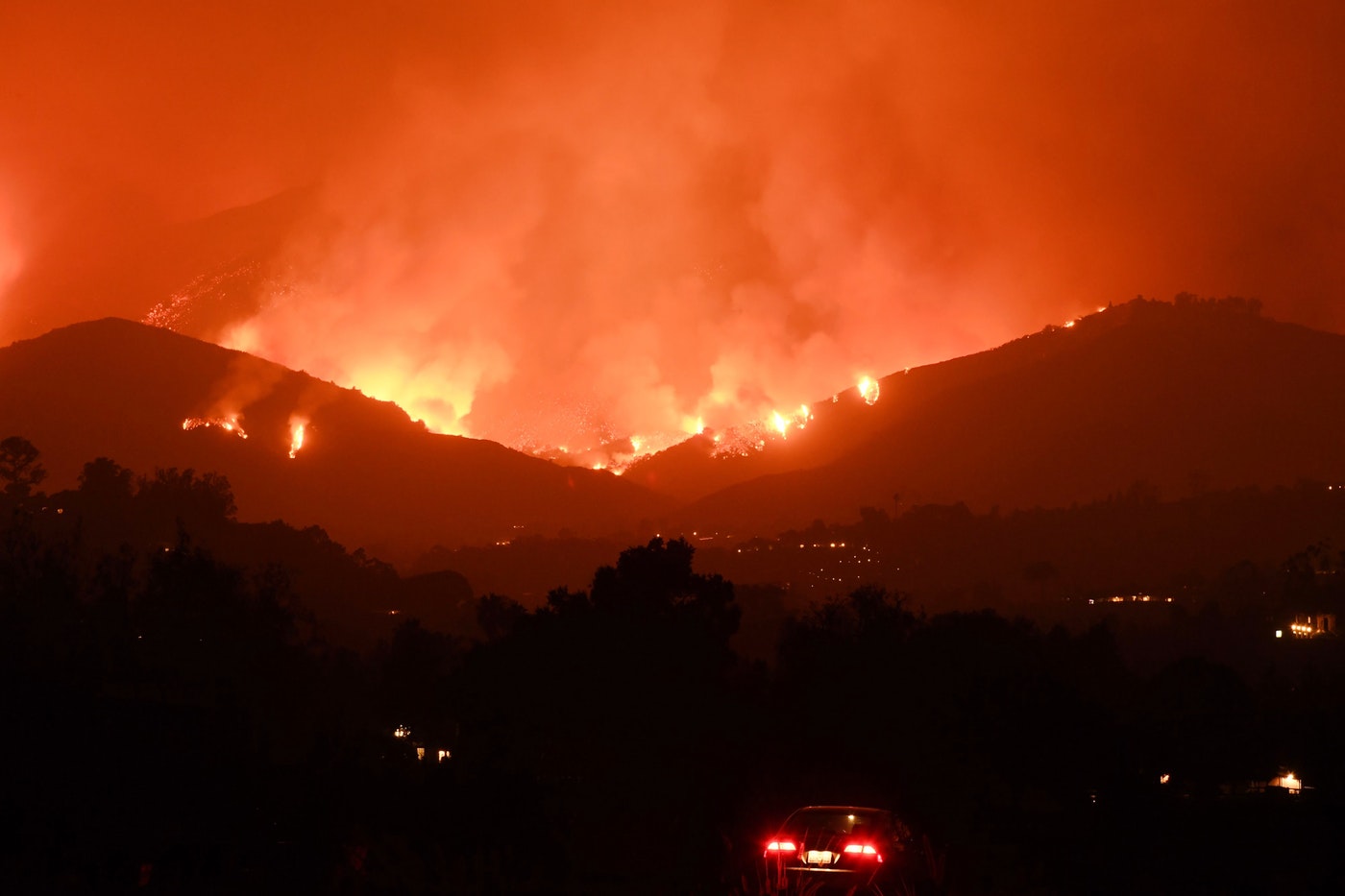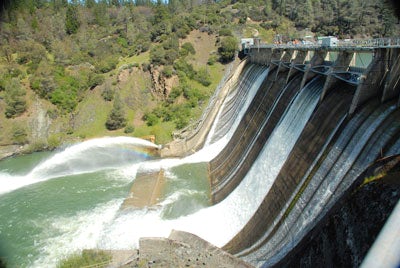Fish Report for 2-12-2018
Outlook 2018: The Biggest Water Topics in the West This Year

by Tara Lohan
2-12-2018
California and other Western states will be grappling with long-term water issues related to infrastructure, clean drinking water systems and watershed restoration, among other concerns.
FOR THE NEXT few months much of the talk around water issues in California and the rest of the Western United States will be about how much precipitation falls, the water content of the snowpack and how temperatures will impact runoff in the spring.
So far, we know we’re off to a slow start in terms of snow accumulation in much of the West.
Snowpack in the Upper Colorado River basin at the start of 2018 is 54 percent of average, roughly the same as in Oregon’s Cascade mountains. Things are a little worse in California, as the average across the Sierra Nevada is about a quarter of normal for this time of year.
But it’s still too soon to tell whether 2018 will be a record dry year or whether some atmospheric rivers will race in to save the day. Last year California swung quickly from extreme drought to flood – which is whiplash for water managers but can also drive policy.
“Very dry and very wet years are always good to accelerate changes in policy and management – they help focus attention,” said Jay Lund, a professor of civil and environmental engineering at University of California, Davis. “I think one reason California is relatively adaptive in water management is that we have so many dry and wet years per average year.”
As important as precipitation is for setting the stage for policy and water management decisions, there are also several other key issues that will be paramount this year, regardless of weather, and highlight some of the region’s long-term structural water concerns.
“This is the year for water infrastructure in California,” said Jeffrey Mount, a senior fellow at the Public Policy Institute of California’s Water Policy Center. It’s also Gov. Jerry Brown’s last year in office and California WaterFix, the plan to build new water conveyance around the the Sacramento-San Joaquin Delta, is one of the governor’s key initiatives.
“This is probably the most focused big issue this year,” said Lund about WaterFix.
Environmental documentation will be finalized for the project and the State Water Resources Control Board is expected to come to a decision on the state’s request for a change in the point of diversion, explained Mount. The issue of how the project will be funded, if it goes forward, and whether it will one or two tunnels will be key areas of negotiation during the year.
The infrastructure issues don’t end there. The California Water Commission will make decisions on how to allocate the $2.7 billion from the 2014 water bond for new water storage projects and that could mean that California will begin plans for its first new big dam in decades. And smaller projects, as well as underground storage projects, will also be hot topics.
These water infrastructure projects – conveyance and storage – are interconnected and they are also closely enmeshed with the complicated process of developing water quality control plans for the Sacramento and San Joaquin rivers and their tributaries, said Mount.
Other Western states are also contemplating new infrastructure projects, including a proposed 140-mile pipeline to funnel Lake Powell water to St. George, Utah, and a dam expansion on the Green River in Wyoming that would divert more water from the Upper Colorado River region.
With California’s largest wildfire on record still smoldering, wildfires and forest health will also be a big topic in Western states this year.

Fires are a necessary part of Western forest ecosystems, but “what we need to address are catastrophic wildfires and to get forests healthy enough that when they do burn they don’t incinerate down 4 or 5in of topsoil,” said Kimery Wiltshire, chief executive and director of nonprofit Carpe Diem West, which works on Western water issues and climate change.
In Albuquerque, New Mexico, the water agency has already invested $1 million to help restore a headwaters forest and we’re likely to see more initiatives like that. But the looming question is “how do we scale around funding for forest restoration?” asked Wiltshire. “California is starting to move in that direction but it’s not even close to what’s needed.”
This year will also likely see key negotiation among Western states and across borders. Colorado River Lower Basin states California, Arizona and Nevada are expected to continue to work on a drought contingency plan for falling water levels in Lake Mead.
For the Pacific Northwest, one of the top issues in 2018 will be the renegotiation of a treaty, more than 50 years old, between the U.S. and Canada over the Columbia River, which is likely to center around issues concerning salmon runs, utility rates and flood control.
And in California there’s also likely to be a continued focus on how to fund safe drinking water for low-income communities that suffer from chronically contaminated water. “Something major almost happened in the last legislative session,” said Lund. “ I expect that folks want to pick this up again, and it is important.”
Tara Lohan is managing editor of Water Deeply. She tweets from @taralohan and lives in San Francisco. You can reach her at tara@newsdeeply.org
< Previous Report Next Report >
< Previous Report Next Report >
More Reports
Diverted River Sustains California Wine Country, but It’s Killing Salmon
Eel River - South Fork
2-7-2018
[Utility PG&E’s Potter Valley Project includes two dams on the Eel River that are up for relicensing. Water diversions into the...... Read More
California’s drought may have officially been declared over in the spring, but the effects of the five-year drought are still taking a toll on the state’s forests, new information shows. Last November, the number of trees that died in California forests since 2010 was estimated by the U.S. Forest Service at 102 million, with 62 million dying in 2016 alone. The latest aerial survey shows that tree mortality is continuing, although not with the same intensity. The Forest Service reported 27 million trees died in the last year,...... Read More

Website Hosting and Design provided by TECK.net